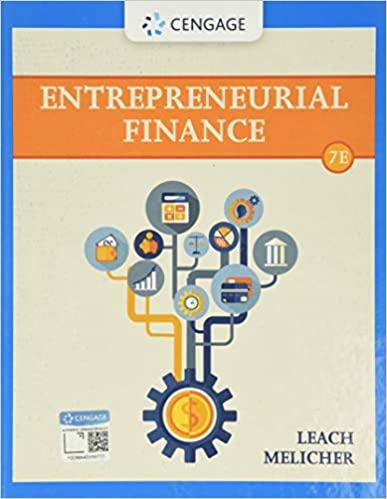
A firm has the following investment alternatives: Cash Inflows B $3,600 Year 1 2 $1,100 1,100 1,100 3 $4,562 Each investment costs $3,000; investments B and C are mutually exclu- sive, and the firm's cost of capital is 8 percent. a. What is the net present value of each investment? b. According to the net present values, which investment(s) should the firm make? Why? c. What is the internal rate of return on each investment? d. According to the internal rates of return, which investment(s) should the firm make? Why? e. According to both the net present values and internal rates of return, which investments should the firm make? f. If the firm could reinvest the $3,600 earned in year 1 from invest- ment B at 10 percent, what effect would that information have on your answer to part e? Would the answer be different if the rate were 14 percent? g. If the firm's cost of capital had been 10 percent, what would be invest- ment A's internal rate of return? h. The payback method of capital budgeting selects which investment? Why? (Review Chapter 19, if necessary.) A firm has the following investment alternatives: Cash Inflows B $3,600 Year 1 2 $1,100 1,100 1,100 3 $4,562 Each investment costs $3,000; investments B and C are mutually exclu- sive, and the firm's cost of capital is 8 percent. a. What is the net present value of each investment? b. According to the net present values, which investment(s) should the firm make? Why? c. What is the internal rate of return on each investment? d. According to the internal rates of return, which investment(s) should the firm make? Why? e. According to both the net present values and internal rates of return, which investments should the firm make? f. If the firm could reinvest the $3,600 earned in year 1 from invest- ment B at 10 percent, what effect would that information have on your answer to part e? Would the answer be different if the rate were 14 percent? g. If the firm's cost of capital had been 10 percent, what would be invest- ment A's internal rate of return? h. The payback method of capital budgeting selects which investment? Why? (Review Chapter 19, if necessary.)







